9 Naturally Low-Sodium Foods to Reach for at the Supermarket
Most Americans consume far more sodium than their bodies need!
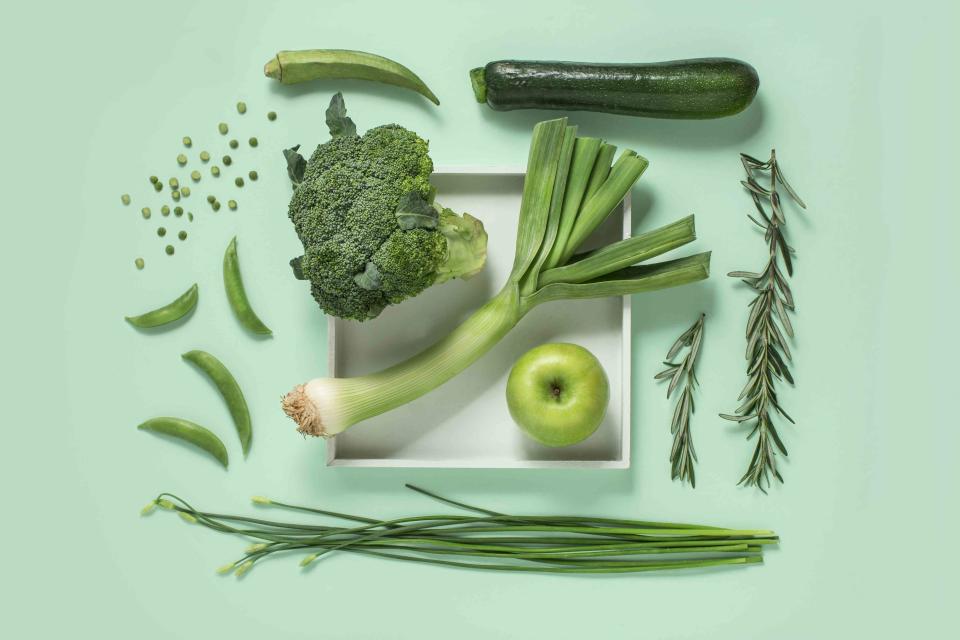
twomeows/Getty Images
Sodium is an important micronutrient for certain vital functions in the body, but as with many things, too much of it can cause more harm than good. Many of us try to be cognizant of our sodium intake for one reason or another. In fact, overconsumption is so common in the U.S. that the Dietary Guidelines for Americans identifies sodium as a nutrient of concern.
How much sodium do we need for healthy functioning and at what point is it too much? Plus, what are the best low-sodium foods to look for that won’t make your sodium intake soar? Here’s everything to know.
Why Some Sodium Is Important
Sodium is a mineral found abundantly throughout our food supply (that tends to be full of processed foods) in the form of sodium chloride (NaCl), aka salt. Beyond imparting a delicious taste in foods as a stand-alone seasoning, salt also brings out the flavor of whatever it’s added to, savory and sweet.
And while sodium often only receives negative health press, it’s actually required for a variety of vital bodily functions. As a major electrolyte, it helps maintain fluid balance throughout the body while also encouraging healthy heart rhythms. Sodium also aids in the transportation of oxygen and nutrients into the cells while supporting healthy muscle and nerve function.
How Much Sodium Do We Need Daily?
But to carry out these functions the body needs just 500 milligrams (mg) per day. Compare that to the 3,400 mg to 5,000 mg (sometimes more) of sodium the typical American consumes everyday, and you can see why this micronutrient has been flagged by healthcare professionals.
Limiting sodium intake to around 2,300 mg per day is generally recommended for most adults. For reference, this is the amount of sodium found in one teaspoon of salt! However, for those with heart, kidney, or other health concerns, sodium recommendations may be as low as 1,500 mg, depending on the healthcare professional.
What Happens When You Have Too Much?
When we eat sodium in excessive amounts over time, its electrolyte properties go from beneficial to burdensome. High salt intake impacts the pH and salinity levels of the blood—metrics the body always wants to keep steady, or in homeostasis. To achieve this equilibrium, the body will actually pull water from our cells into the bloodstream to dilute the elevated sodium levels. This imbalance correction results in an increase in blood pressure as well as dehydration. It also makes us feel bloated and encourages water retention. While these impacts will fade as time passes after a salty meal, they can become a chronic problem when high-salt meals become our norm. High blood pressure levels over time can lead to a condition called hypertension, which can place undue stress on the heart and other body systems.
Foods High in Sodium
Interestingly enough, most of the sodium people consume does not come directly from salting their food during cooking or at the dinner table. The biggest sources of sodium in the diet are typically ultra-processed foods, into which lots of sodium is added for enhanced flavor and product preservation. These foods can include prepared or frozen meals, canned foods, deli meats, cured meats, and snack foods like chips, crackers, cheese puffs, and pretzels. Condiments and toppings like pickles, mustard, ketchup, soy sauce, and olives also tend to be laden with sodium. It’s why they taste so darn delicious.
Related: Does Salt Go Bad?
What Foods Are Low in Sodium?
Many of the products listed above also come in lower-sodium varieties, but the best low-sodium foods tend to be those that are in—or are close to—their whole, unprocessed forms. Let’s dive into what some of those are:
Herbs and Spices
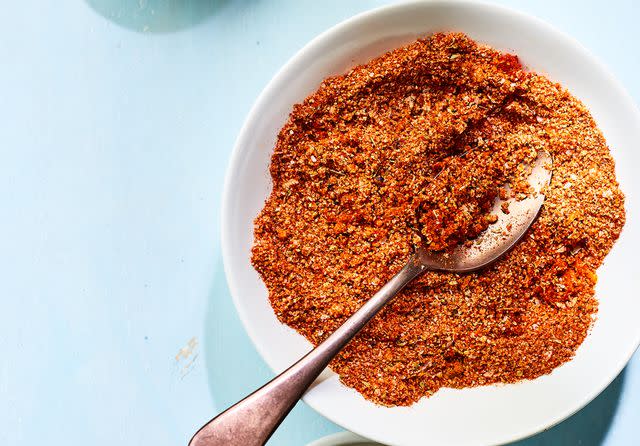
When trying to cut down on salt, one of the biggest concerns for people is that their food won’t taste as good. It’s important to note that being mindful of your sodium intake doesn’t mean you aren’t allowed to modestly salt and season your food—rather, it involves diversifying your flavoring agents. Herbs and spices are fantastic options: They take the taste of your recipes to the next level and are naturally low in sodium. Whether it’s fresh or dried herbs like parsley, basil, dill, cilantro, and mint, or pungent spices and aromatics like turmeric, garlic, ginger, cayenne, cumin, za'atar, or allspice—these seasonings are so flavorful you won’t need to rely on heavy amounts of salt. Plus, fun fact: our taste buds change every two weeks, so before you know it, your old high-salt recipes will taste way too salty!
Related: 5 Spices That Not Only Taste Good, They're Good for You
Whole, Fresh Fruits
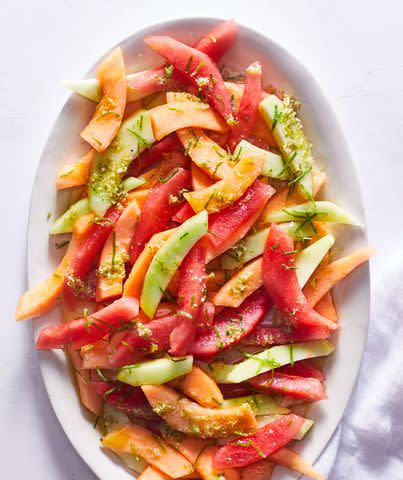
Fruit is another food group that’s naturally low in sodium. This is great news, as they are the perfect snack substitute for the salty go-tos most of us reach for in the afternoons. Some great fruit-forward snack options include apples and no- or low-sodium nut or seed butter, yogurt with berries and granola, or simply grabbing a banana or orange on your way out the door.
Related: 8 High Protein Fruits, and How to Incorporate Them Into Your Diet
Fresh Vegetables
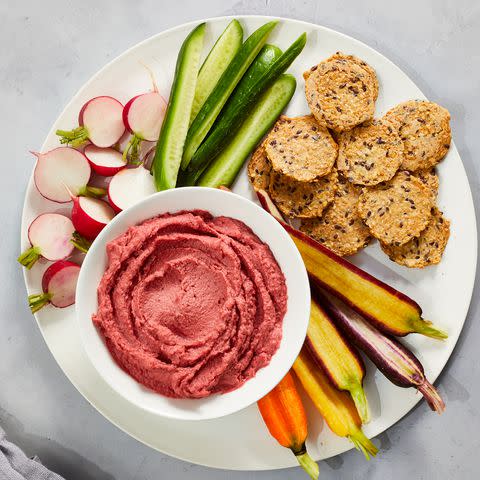
It may not come as a surprise that veggies in their original state are also low-sodium foods. This makes them a great addition to whatever meal or snack you’re whipping up. Veggies are also an excellent source of fiber, vitamins, minerals, and plant compounds that help boost your immune system and overall health.
Be wary of canned veggies, as they can be high in sodium to preserve and boost flavor. If you love canned veggies, shoot for low-sodium options or give them a good rinse prior to use if you already have some regular varieties in the pantry.
Unprocessed Meats
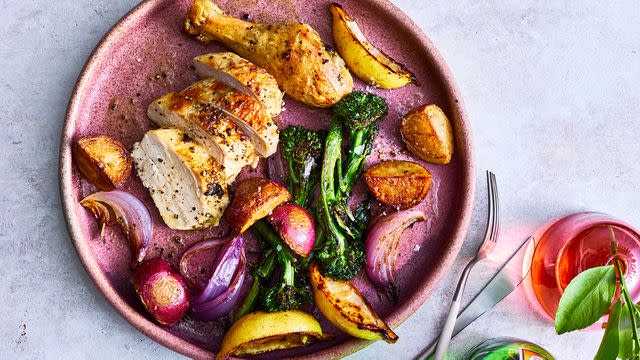
While lunch meats and cured meats like deli turkey, ham, bacon, and pepperoni are some of the highest-sodium foods you can find, meats that have not been processed, treated, packaged, or cured tend to be pretty low in sodium.
Lean protein contain lower amounts of saturated fat and cholesterol that may contribute to elevated blood cholesterol levels. Some of these include skinless poultry, pork tenderloin, or lean beef (in moderation). Read all food labels, as some of these options, especially poultry, are often injected with a salt solution during processing to increase juiciness and prevent dryness during cooking.
Canned meats, like chicken, are also sneaky culprits of sodium, so be sure to look for low sodium options here or rinse your canned chicken well before using.
Fresh Fish
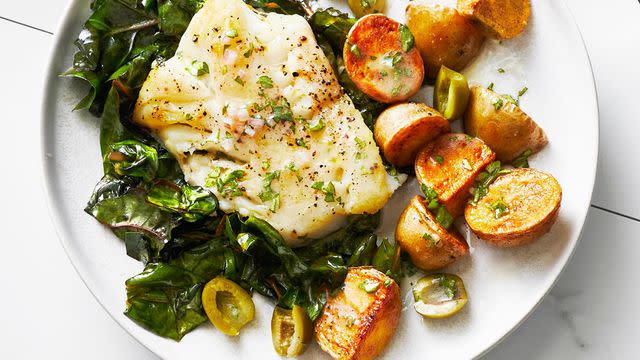
Many may assume fish is naturally high in sodium since it’s sourced from the salty sea, that’s actually not the case. Most fresh fish, including shellfish, is naturally low in sodium. It’s canned fish options, like tuna, crab, and oysters, that tend to be quite full of sodium and don’t rinse as well as some of the other canned options mentioned here. If you’re a canned or tinned fish lover, look for “no salt added” varieties, or try springing for fresh options found at the fish counter.
Unsalted Nuts and Seeds
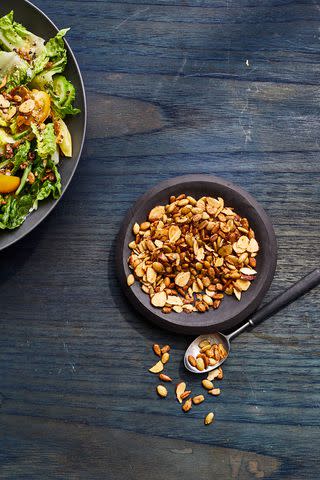
(Unsalted) nuts and seeds are not only additional sources of heart healthy fats, but can also be great low-sodium snack or meal ingredients. It might go without saying, but if low-sodium is your goal, avoid the seasoned or salted nuts you’d find at the market. Buy raw, unsalted nuts and roast them with a modest sprinkling of salt at home. You can even add dried herbs, spices, and a touch of olive oil for a flavorful homemade nut mix.
Related: The 3 Major Mistakes You're Making When Buying and Storing Nuts
Dried or Fresh Legumes
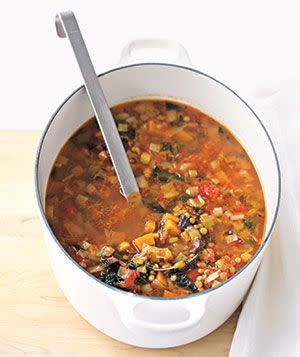
Whether it’s beans, peas, or lentils, dried or fresh legumes are another whole food you can rely on—remember its canned products that tend to come with lots of added sodium (but a good rinsing and draining does really help here!). Adding a little salt to the water when preparing these plant-based protein options is totally reasonable, even when watching your intake—you’ll be surprised how much flavor a small pinch will impart.
Related: 7 Simple Tips for Cooking Dried Beans
Whole Grains
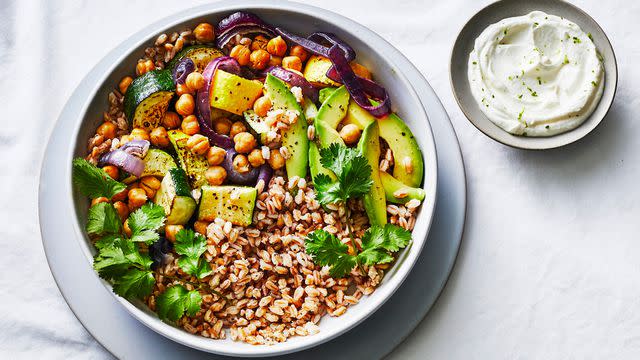
Whole grains are a low sodium blank canvas to stock up on. Just a few of the grain varieties to look for include brown rice, barley, millet, quinoa, oats, farro, or whole wheat pastas and breads. Whole grains are higher in other nutrients than their refined-grain counterparts (like white rice and white flour products) due to their intact fiber and micronutrients. When going for a processed whole grain option like whole wheat pasta or bread, scan the label quickly: Some brands will add a hefty amount of salt. Look for less than 140 mg of sodium per serving in these foods whenever possible.
Heart-Healthy Fats
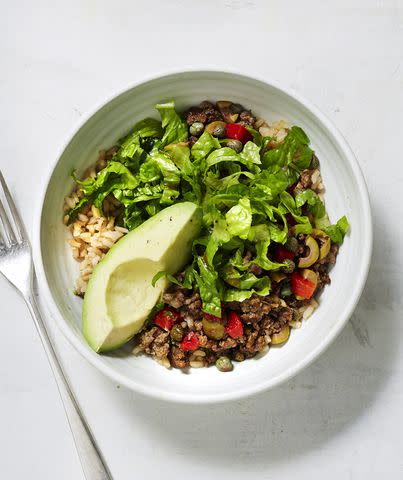
Great options here include unsalted olives and olive oil, avocado and avocado oil, sesame oil and seeds, unsalted nuts, and safflower oil. Many of the healthy fat options are also low in sodium. Not only will the unsaturated fats in these foods keep you feeling satisfied but they will help to lower blood cholesterol levels that can contribute to heart disease.
Related: 7 Reasons Why You Always Crave Salt—and How to Keep Salty Food Cravings in Check
For more Real Simple news, make sure to sign up for our newsletter!
Read the original article on Real Simple.

